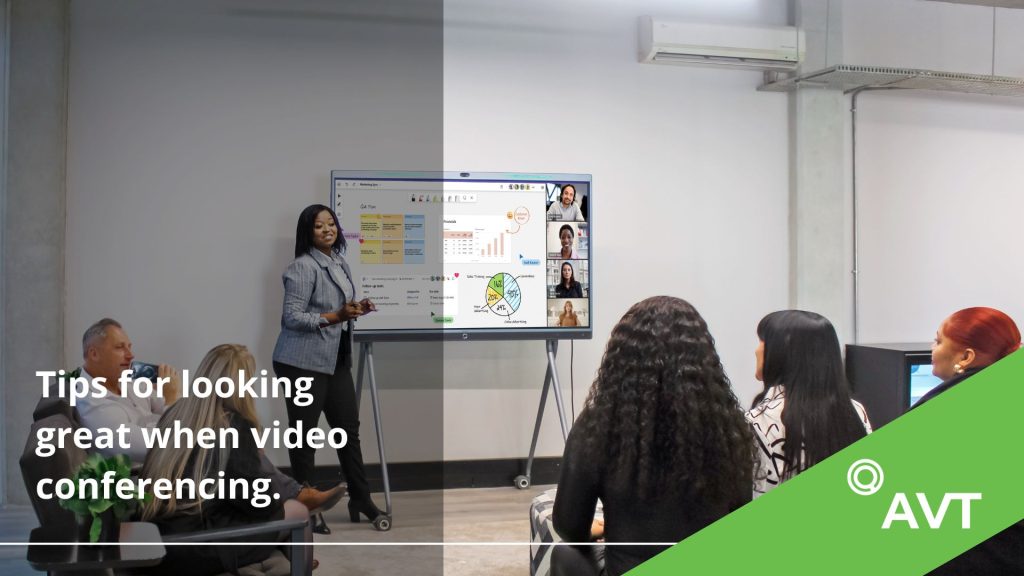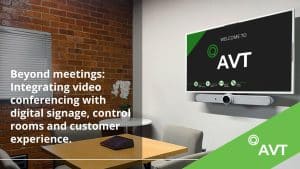Summary: Looking good while video conferencing is about more than vanity. In many cases, presenting a positive image of yourself and your company can mean the difference between making a sale and wasting everyone’s time.
When you are video conferencing with people who live and work in faraway locations, you don’t have a chance to impress them with your charming personality over lunch or pull them aside to make some candid comments to help them see your passion for the project. Your on-camera interactions are the only way the people on the other end of the video conference have to judge you — and your company.
That’s why looking great on video conferencing is so important. While people perhaps shouldn’t judge each other on looks alone, looks certainly matter when you’re communicating over distance using modern technology.
Here are seven quick tips for always looking your best when you interact via video conference:
- Use a high-quality system. Good equipment conveys light, sound and detail better than bad or outdated equipment, so upgrade your system as frequently as necessary to stay on top of technology. Today’s video conferencing solutions often have high-definition cameras, high-quality mics and professional switching technology to make every one of your interaction smooth, bright and vibrant.
- Don’t skimp on light. There’s a reason television stations and local theatres hire people to help them control lighting. Bright lights reduce the look of wrinkles and eliminate unbecoming shadows, but too much light can make you look shiny and nervous. Lots of soft, white light usually works best, and there’s nothing wrong with strategically placing lights behind laptops or concealing them around the room if necessary to make everyone look their best.
- Make eye contact as often as possible. It’s easy for people to feel disconnected or disengaged when listening to a long presentation by video conference, so make frequent eye contact with the camera. This is good etiquette, too, just as eye contact is important when meeting with people face to face.
- Avoid wearing distracting patterns. With older equipment, tight patterns can create a distracting strobe effect that may be more interesting to the people on the other end of the conference than what you say. Even if you’re using the latest equipment, viewers won’t be able to appreciate the pattern on your tie or your interesting piece of jewellery. Stick to simple, elegant adornments.
- Sit up straight if you can. We all look more professional when we sit up straight and keep our shoulders back, but good posture can sometimes be difficult to maintain during a long meeting. Choosing a supportive chair and being aware of when you’re being watched and when you aren’t can help you look your best when someone’s actually looking.
- Be aware of camera angles. A professionally installed video conferencing system will have well-positioned cameras, but standing or sitting too close to a camera can distort your features, giving you a humorous and distracting appearance. Looking down into a camera can also make your face appear wider, making you look fat.
- Do some testing. If a meeting is particularly important or if you’re new to video conferencing, don’t be afraid to do some test presentations — and record them to help you notice and correct errors. Even the best equipment can be used incorrectly or to less-than-optimum effect, so take time to test how you interact with your company’s equipment to make sure you’re using it as effectively as possible.
We all want to look good, of course, but in business looking good can mean the difference between making the sale and making a fool of yourself.





